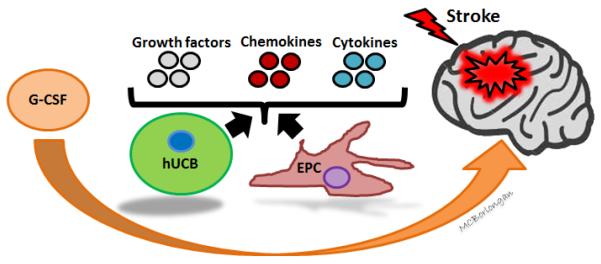Figure 1. Perspectives on efficacy, mechanism of action and therapeutic utility of combinatorial G-CSF and hUBC treatment in stroke.
Combination therapy of G-CSF and hUCB treatment is likely to produce more meaningful therapeutic effects and circumvent therapeutic limitations of G-CSF or hUCB treatment alone. Accordingly, interactions between G-CSF and hUCB may produce numerous effects in diverse brain regions. GCSF treatment may reduce expression of pro-inflammatory cytokines and enhance neurogenesis by acting upon GCSF receptors on neurons and glial cells. It may also enhance neural repair through G-CSF mobilized cells, e.g. EPCs. Adjunct treatment of G-CSF with hUCB may promote stemness maintenance and guide neural lineage commitment of hUCB. Furthermore, G-CSF-mobilized EPCs and hUCB cells may altogether exert therapeutic benefits by secreting growth and neurotrophic factors, such as BDNF, GDNF, VEGF, NGF, NT-3, NT-4, NT-5, chemokines, and immune-modulating cytokines to the injured brain tissue microenvironment. Together, regenerative mechanisms accomplished by G-CSF-mobilized EPCs and EPC- and hUCB graft-secreted growth and neurotrophic factors and chemokines may cause more profound functional improvement after stroke. Abbreviations: hUCB: human umbilical cord blood cell, G-CSF: granulocyte-colony stimulating factor, EPC: endothelial progenitor cells, BDNF: brain-derived neurotrophic factor, GDNF: glial cell line–derived neurotrophic factor, NGF: nerve growth factor, NT: neurotrophin, VEGF: vascular endothelial growth factor.

